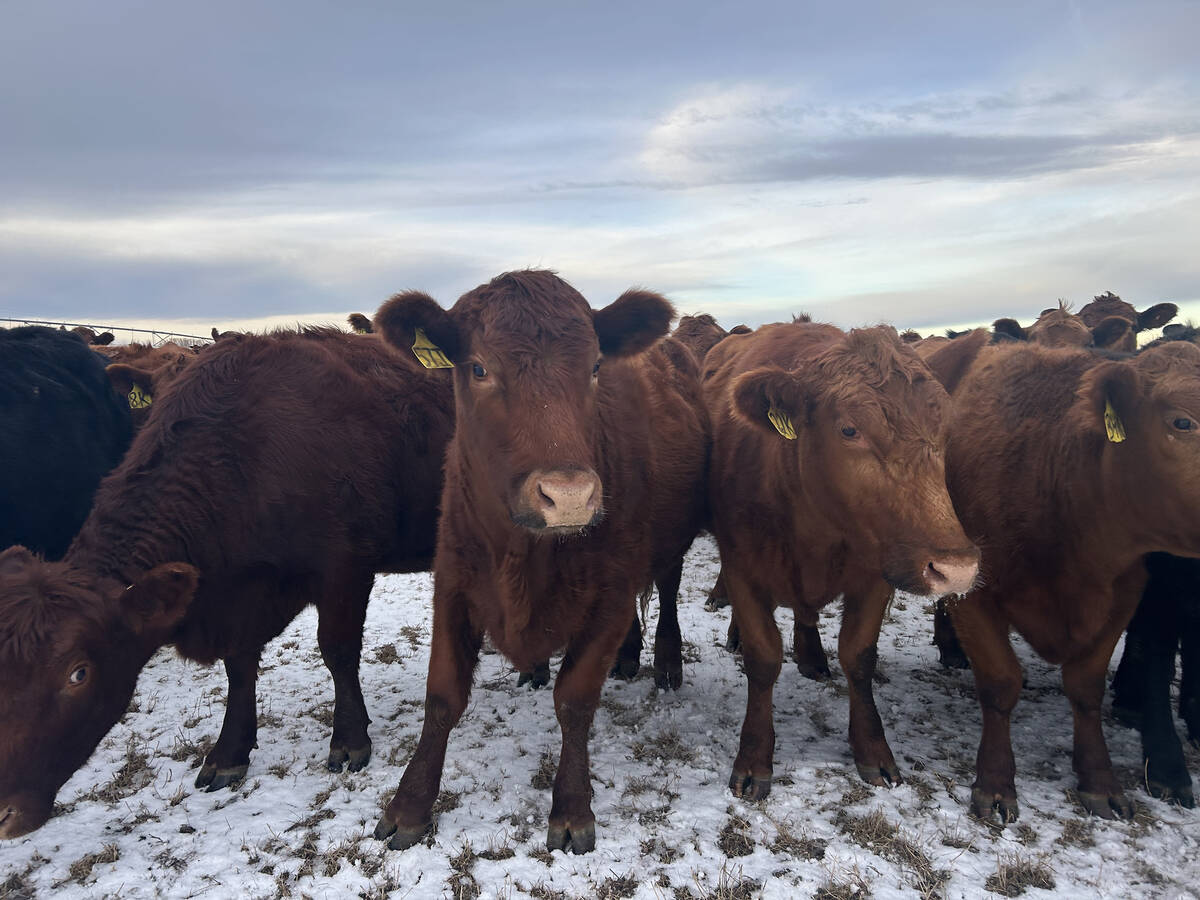The Weed Science Society of America (WSSA) is warning the biofuel industry to be careful not to introduce new energy crops that turn into invasive weeds.
"We don’t yet have sufficient research and risk models to predict the environmental impact of these new crops in the field," Jacob Barney, Ph.D., assistant professor of Invasive Plant Ecology at Virginia Tech says in a WSSA release. "In many ways it’s a large-scale experiment, with few regulations or policy guidelines. Voluntary precautions taken by stakeholders are virtually our only line of defence."
Read Also

Feed Grain Weekly: Prices levelling as demand wanes
Soft demand has feed grain prices levelling off, said Darcy Haley, vice-president of Ag Value Brokers in Lethbridge, Alta.
The WSSA says a recent report from the U.S.National Wildlife Federation cites several examples of species cultivated for biofuels that have the potential to become harmful invaders. Among them are:
• Giant reed (Arundo donax) an invasive weed known for crowding out native plants in fragile riparian areas.
• Reed canarygrass (Phalaris arundinacea), a great threat to America’s wetlands, rivers and lakes.
• Cylindro (Cylindrospermopsis raciborskii), an algae associated with toxic blooms in the Great Lakes region.
• Napiergrass (Pennisetum purpureum), an invasive plant known as one of the most problematic weeds in the world.
One of the most popular biofuels crops is giant miscanthus. It is a fast-growing hybrid is unable to produce seed, making it less likely to spread unintentionally than other miscanthus species. However the WSSA says it too can represent a threat if planted in the wrong location and that weed scientists are concerned about a now-abandoned miscanthus farm located in Kentucky, on the flood plain of the Ohio River. Any plant fragments washed into the river could travel hundreds of miles, spreading miscanthus well beyond the planted fields, the WSSA said.














